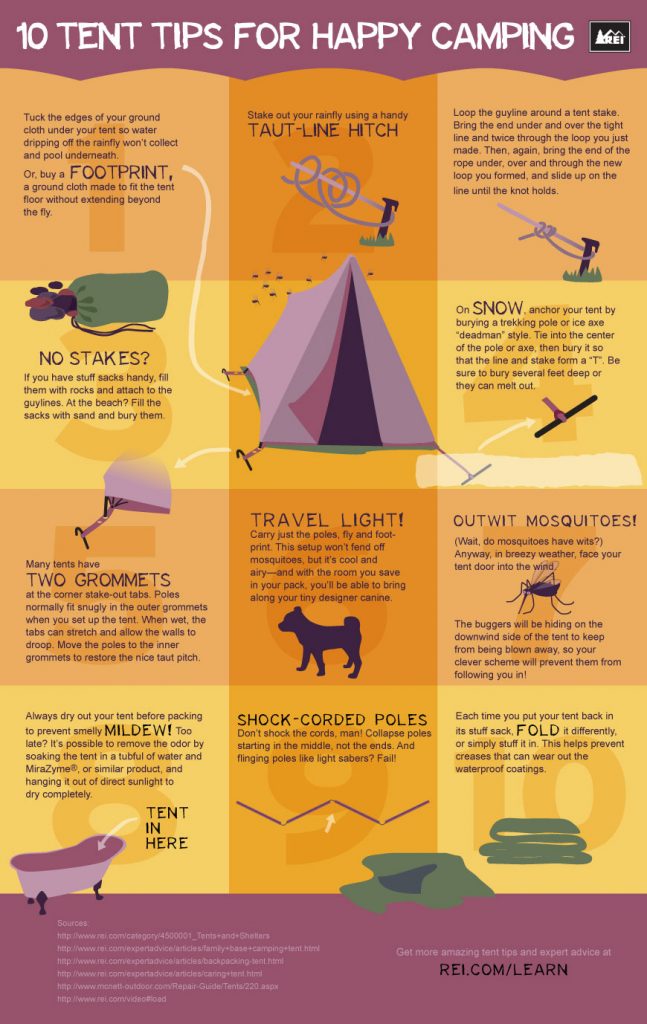A range jack is a reinforced opening in the tent textile that safely fits woodstove pipes. However, the procedure of fitting an oven jack can be frightening for novice campers, and blunders in setup could bring about camping tent fires or carbon monoxide poisoning.
The good news is, a correctly fitted and kept stove jack is among the best enhancements to a canvas tent, like the Roamin Home Wanderer.
Placement
A cooktop jack is important to the performance and comfort of your canvas outdoor tents. Not just does it supply heat and cooking benefit, yet it also aids drive out dampness from your walls to keep your camping tent comfortable and completely dry throughout the periods.
Remembering that they're developed to prevent the fire and flue from coming into contact with the canvas, it is necessary to place your oven jack safely. Oven jacks need to be put as far away from the wall surface of your tent as possible, particularly, the area that flickers and relocates the most.
Our modular stove jacks enable you to position your departure factor for the pipeline in either the roofing system or side wall of your outdoor tents, providing you complete control over where you 'd like your smoke and exhaust to exit your sanctuary. Learn more about usual blunders campers make when fitting their stove jacks, and just how to avoid them to safeguard on your own from outdoor tents fires and carbon monoxide poisoning.
Ventilation
A range jack gives a secure exit factor for the pipe of your tent range, ventilating smoke from the interior of your tent. Without ventilation, hazardous gases like carbon monoxide can accumulate inside the tent. The jack is likewise designed to stop heat sources from touching the canvas of the outdoor tents, safeguarding the structure and products from damages or fire.
Preferably, your flue pipe ought to prolong at the very least 6 inches above the top of the camping tent ridge. This permits the wind to blow triggers away from your roofing system, minimizing the threat of them melting openings in the tent roofing.
Air flow also helps improve combustion effectiveness and home heating ability. The products your range and flue are constructed from capture heat sent out by the smoke and fuel, raising their temperature level and advertising further combustion. The jack then shows this heat into the camping tent, helping to maintain the interior of the outdoor tents warm and comfortable for longer periods.
Gas
Guarantee that you are using just fire-safe woods which your stove is appropriately sustained. Stay clear of overworking the range, as this can create overheating that might lead to fire. Furthermore, shop flammable products like alcohol, aerosols and gas cyndrical tubes outside the outdoor tents to avoid them from triggering a fire.
Cooktop Jacks are designed to secure outdoors tents from heat, and the cloth they're made from is fire-resistant. Nonetheless, they are only developed to be made use of safely if they are correctly mounted and positioned properly. Make certain that the stove pipe is pointing vertically through the hole, as any other angle can impede proper air movement.
Stoves can stay alarmingly hot for hours after they are used and can harm or spark camping tent fabric, resting bags, and various other personal belongings if positioned as well close. Maintain a fire extinguisher close by and see to it every person knows where it is, as well as how to use it. Additionally, always utilize fire-resistant bed linen like camping tent floor coverings and systems to avoid warmth from harming your cushion.
Snuffing out
A fire can spread out promptly, specifically when embers fly right into plant life or neighboring frameworks. Constantly maintain a water pail and fire extinguisher convenient in case of a fire, and never leave a campfire unattended.
If building a campfire, clear the location and usage marked pits. Make sure to inspect regional camping site or public lands policies for any type of limitations prior to producing a campfire. Prevent utilizing liquid-filled heating units, lights or candles inside canvas tents; they can produce fatal carbon monoxide gas. Load a mobile carbon monoxide alarm system and multipurpose fire extinguisher for added peace of mind.
Occasion outdoor tents fire security compliance requires adherence to NFPA criteria and local regulations, as well as routine monitoring, personnel training on emergency situation procedures and reliable evacuation methods. Appropriate outdoor tents configuration, qualified materials and electric tools are essential elements for accomplishing conformity. Performing pre-event danger analyses, conducting routine safety checks and interacting emergency situation protocols with guests help reduce threats and create effective occasions that prioritize guest health.
